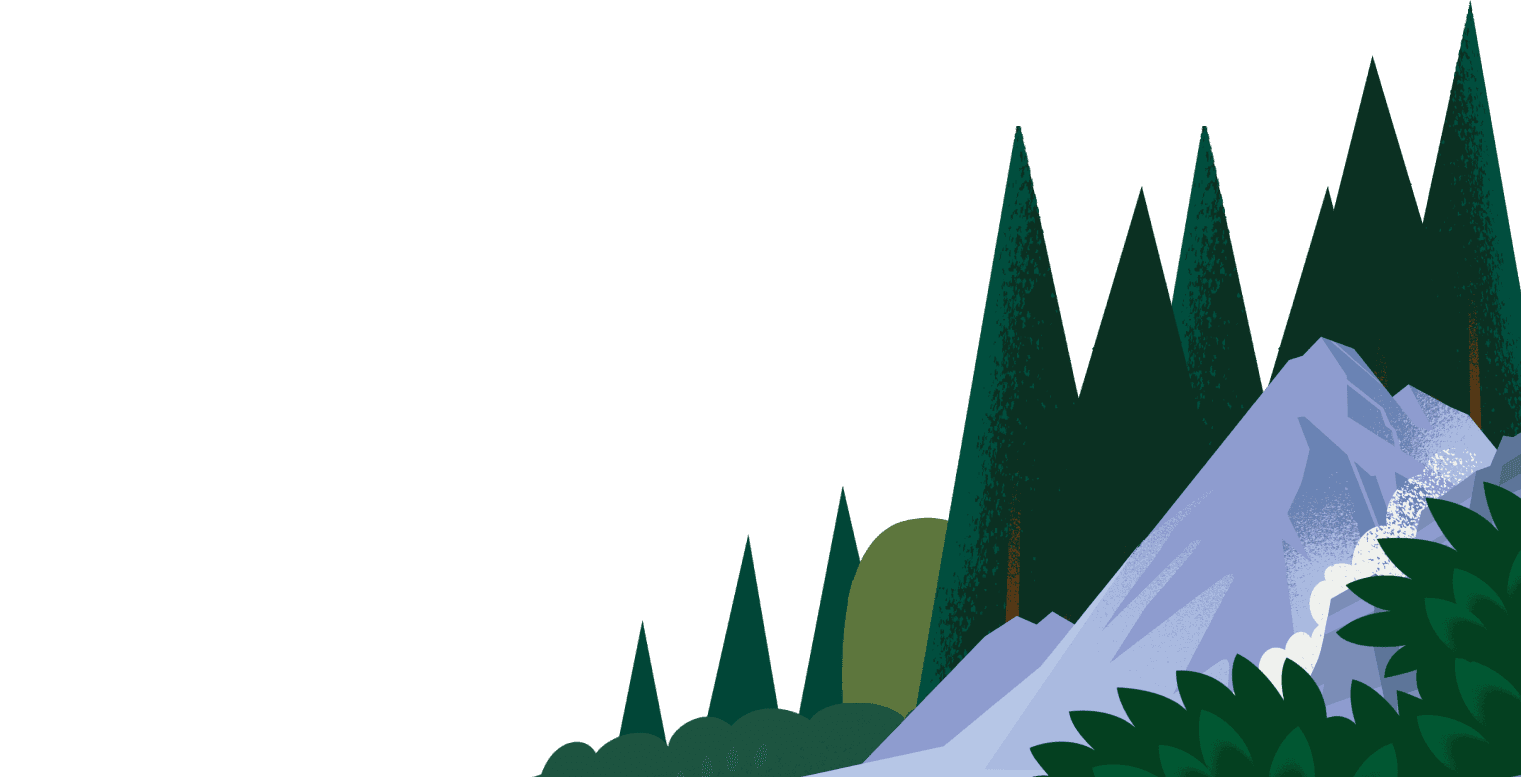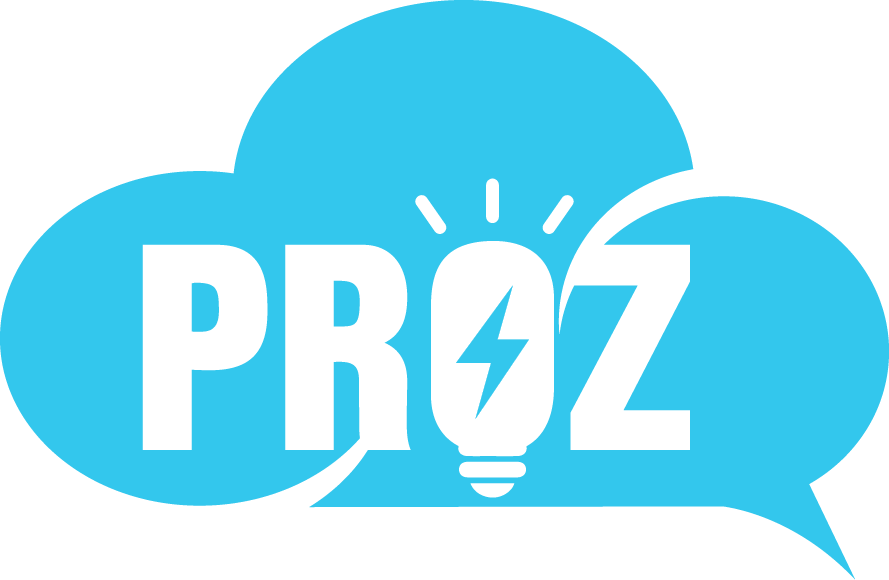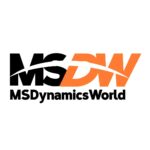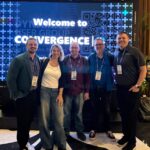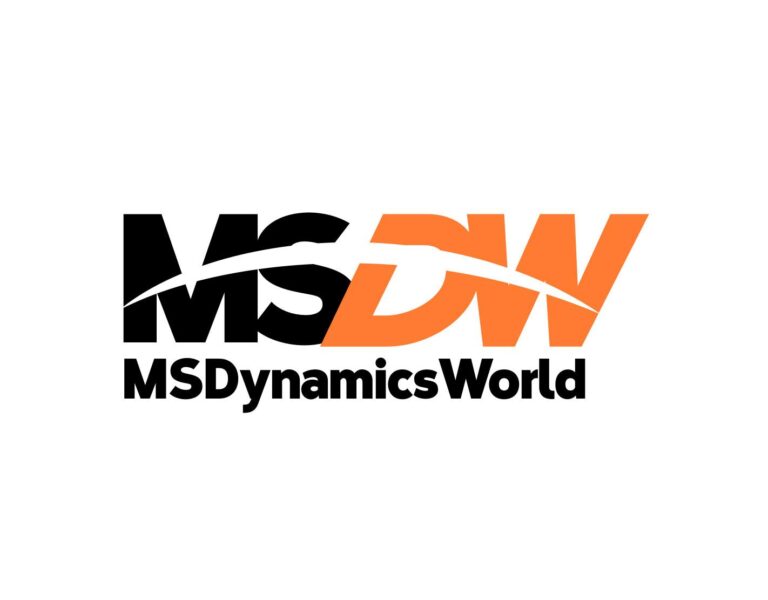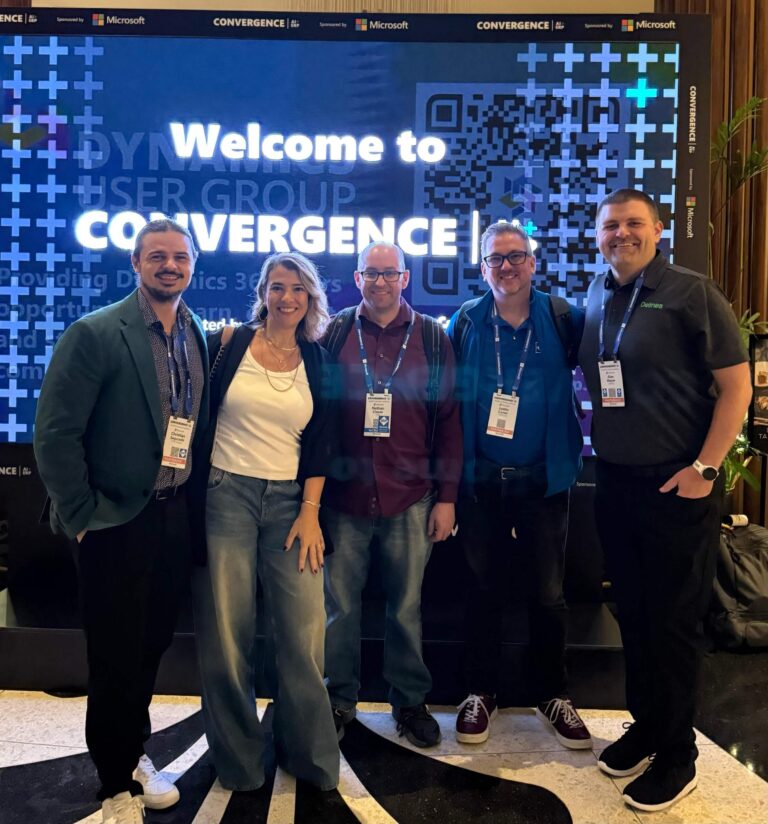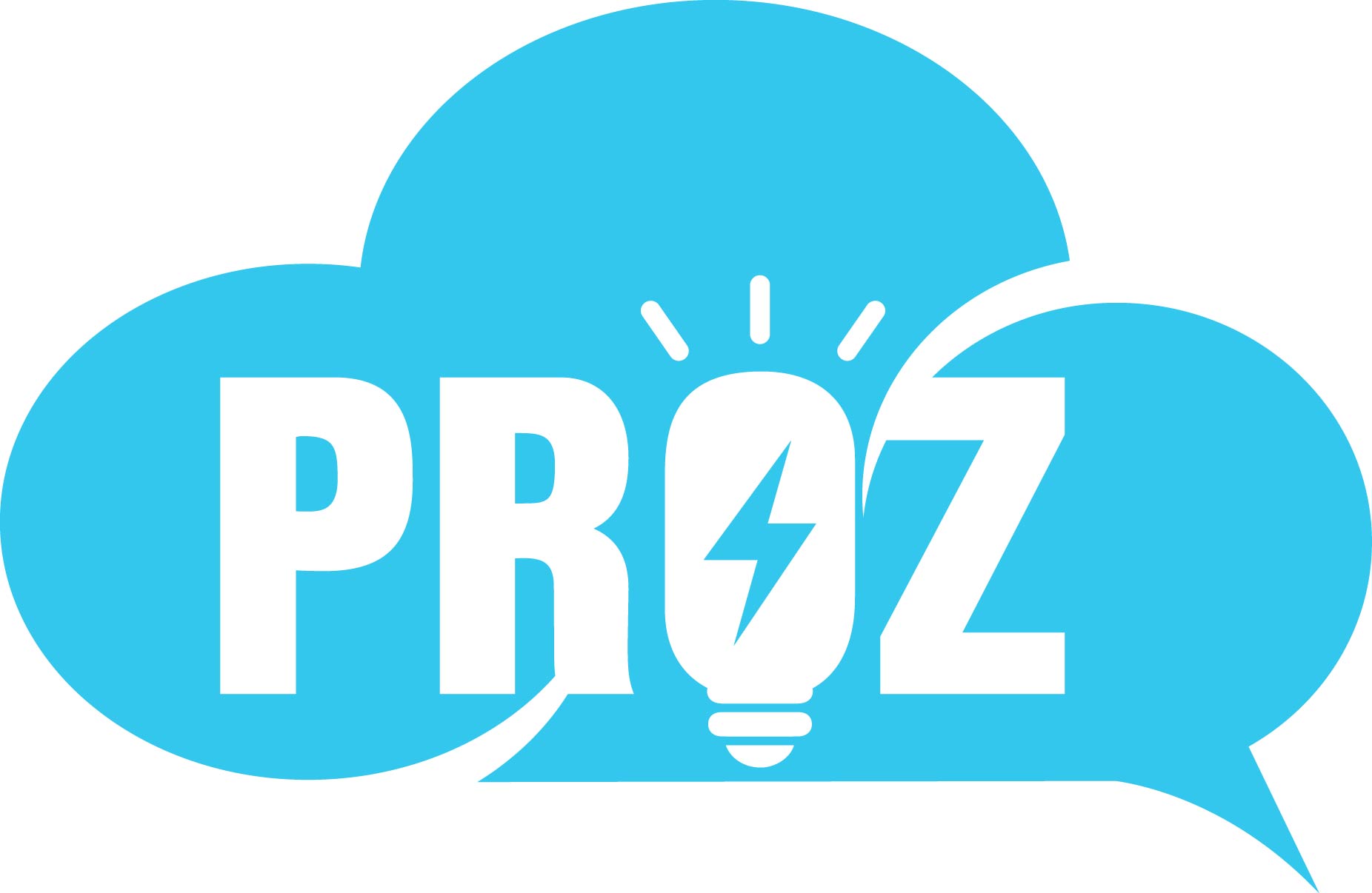In an era of relentless change and digital transformation, it’s not often that professionals — especially senior leaders — choose to return to a former workplace. Yet, across Salesforce ASEAN, that’s precisely what’s happening. Leaders like Paul Baptist, Daisy Santosa, and Heather Mao have each taken their own journey through the region’s dynamic tech landscape, only to circle back to Salesforce with renewed purpose.
Why are these boomerangs coming back? The answer lies in culture, community, trust, and a forward-looking embrace of AI (like Agentforce) and innovation.
Blaze your trail to Salesforce!
At Salesforce, we’re not just shaping the future. We’re turning big ideas into breakthroughs. Want to join the #1 AI CRM that’s leading the digital labor revolution? Explore our open roles today!


A culture that hasn’t changed — and that’s a good thing
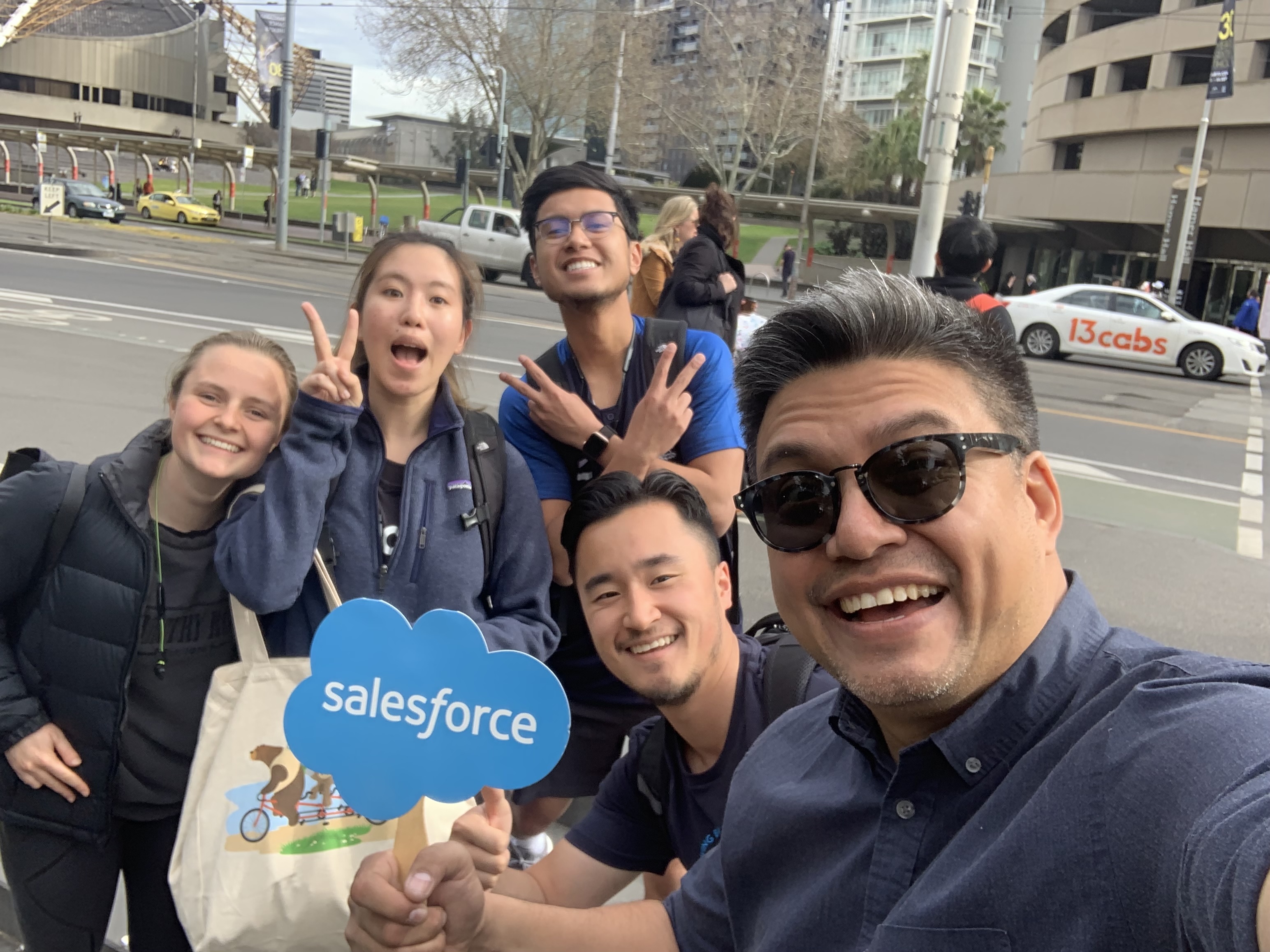
For Paul Baptist, returning to Salesforce after more than five years away was like stepping into familiar shoes, albeit ones that had evolved to move faster.
“The one thing I missed massively was the culture of customer-first and the 1-1-1 model. I really, really missed it,” he shared. “This company does genuinely try to do good, and I missed that after being away for five plus years. The nice thing is, when I came back, it was exactly the same.”
Heather Mao echoed this sentiment, reflecting on Salesforce’s vibrant, people-first environment: “I really came back for the people. I would almost call them my work family. Even though we all had individual targets, we wanted each other to succeed. That’s not the culture you find everywhere in sales.”
Daisy Santosa’s decision to return was rooted in both trust and timing. “The door at Salesforce was always open,” she explained. “They still trusted me to come back — and that’s something I’ll always be grateful for. It was the right role, the right region, and the right time.”
AI as a catalyst — and a compass
The leaders aren’t just coming back for what’s stayed the same — they’re equally excited about what’s changed. Specifically, the tools that Salesforce now offers to empower its people.
Agents, internal AI assistants built with Agentforce, emerged as a common theme in all three boomerangs’ stories. For Daisy, AI tools have fundamentally reshaped how sales is done in ASEAN.
“I will not be able to do my work right now without agents and AI tools,” she said. “They helps with account research, preparing for meetings, and even advising my team on customer objections. Tools like ChatGPT and Agentforce let us move faster, with better clarity.”
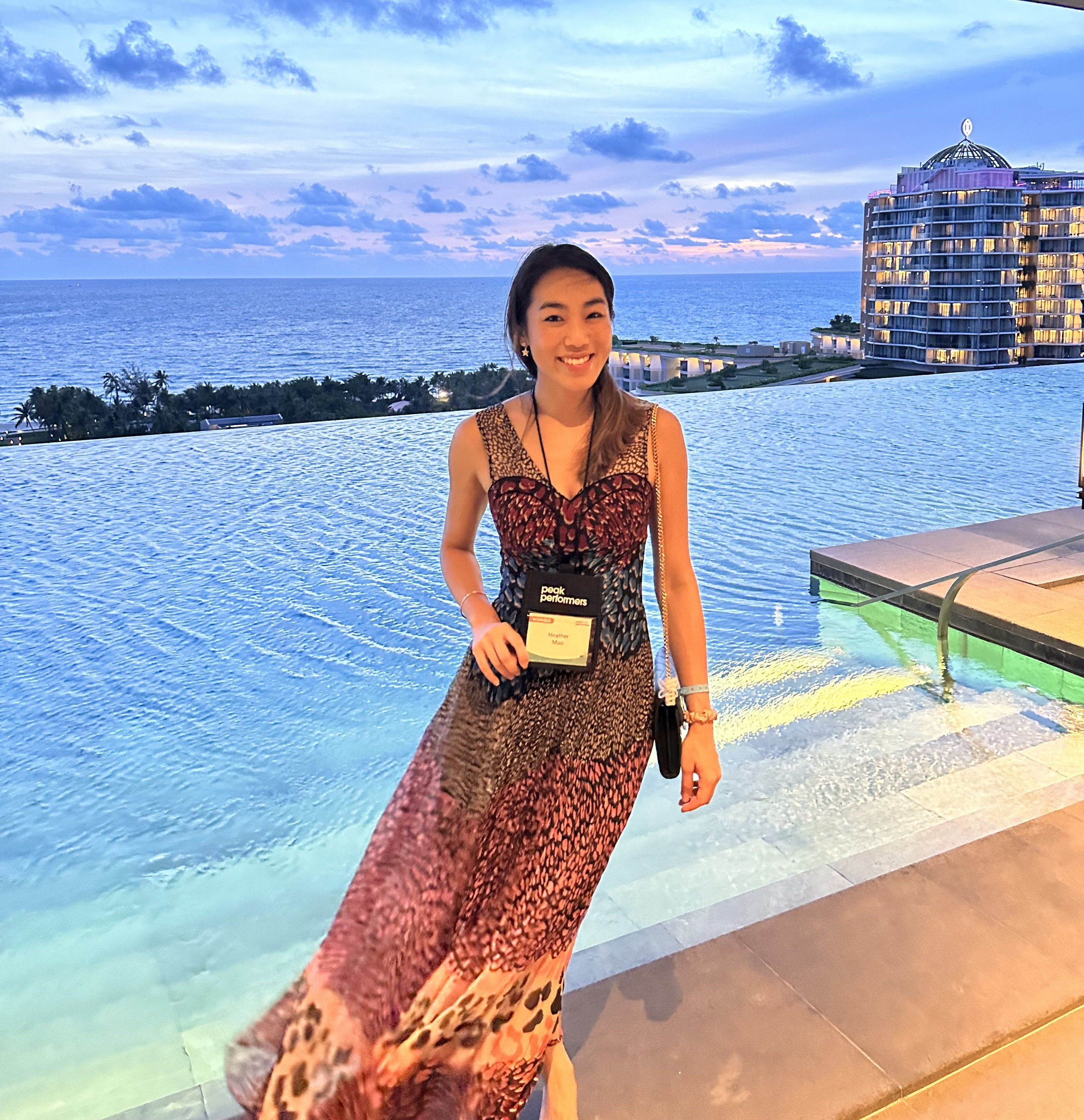
Heather, just a month into her new role when interviewed, had already woven Agentforce into her daily rhythm.
“There’s so much to learn, especially in a fast-moving space like AI,” she said.
“Every day, I use Agentforce to comb through information and help me personalise my outreach. Even emails are AI-drafted and then tailored by me. It saves a lot of time and lets me focus on what matters most — building relationships.”
Paul took it a step further, using Agentforce to literally coach himself. “I recorded myself pitching our corporate messaging and had Agentforce Sales Coach critique me. It gave me feedback on how to improve — without needing to take up time from senior leaders. That’s powerful,” he explained. “It even summarizes partner account activity for me, so I can go into meetings fully informed.”
The human factor: Trust, relationships, and community
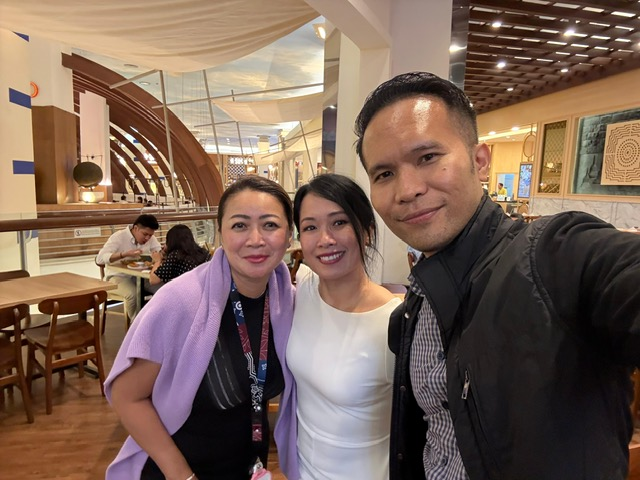
What truly sets Salesforce apart, however, isn’t just its technological edge — it’s the human ecosystem it fosters. All three leaders pointed to trust and empowerment as fundamental reasons for their return.
Daisy emphasized how trust permeates every layer of leadership at Salesforce:
“I don’t micromanage my team. I trust them to run their own business. You have to give people room to grow. That’s how we build strong teams and win customer trust too.”
Heather highlighted a similar ethos: “Being resourceful and building trust comes from listening — really listening — to what clients need. I never go in with a sales mindset. I go in with a mindset to help. And Salesforce gives us the tools and culture to do that.”
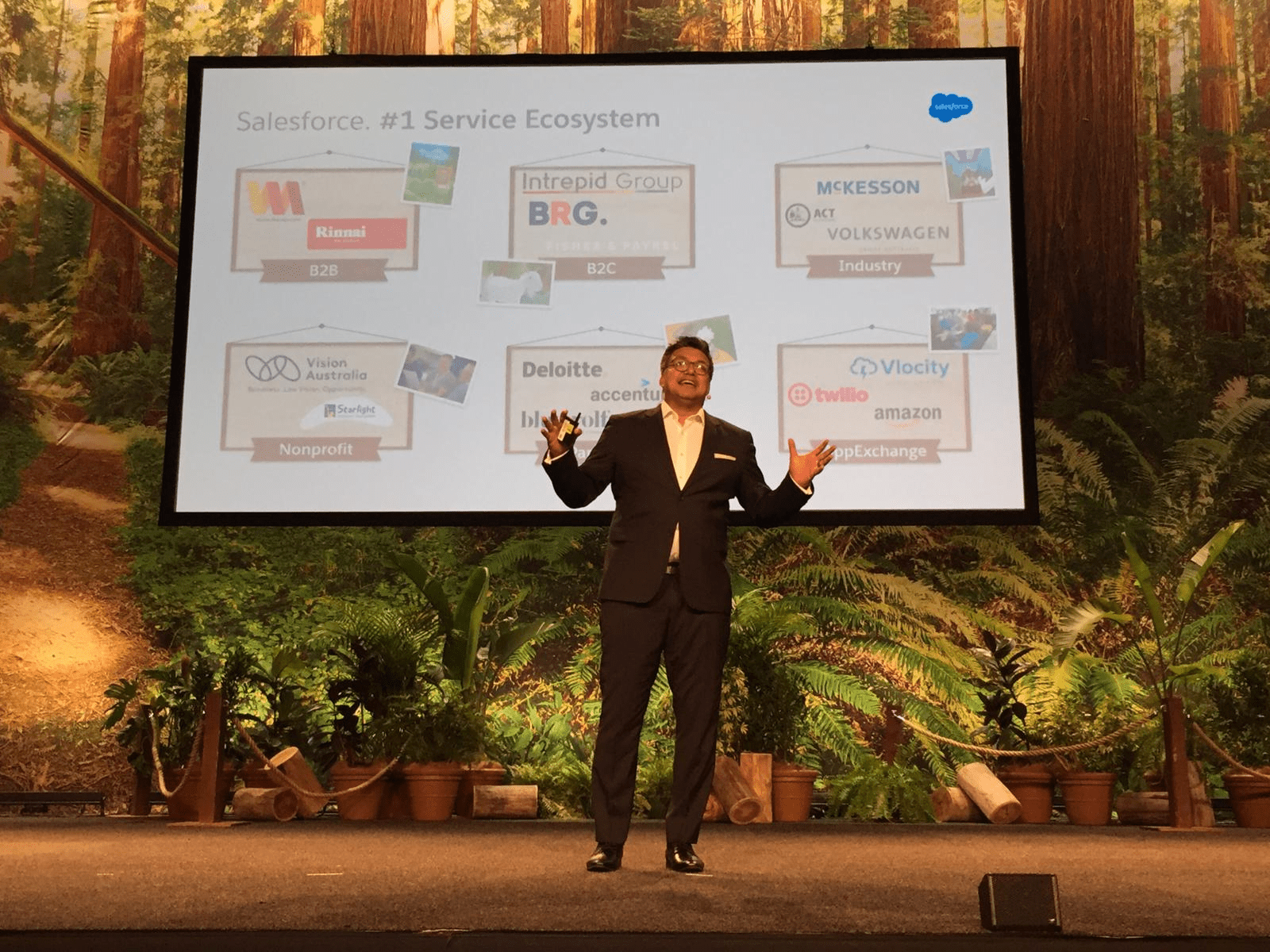
Paul brought in a regional perspective, noting that ASEAN is not one monolithic market. “Vietnam is different from Thailand, which is different from Indonesia. We need to respect these differences and build community across borders,” he said.
“Salesforce’s culture helps do that. There’s less competition, more collaboration. We lift each other up.”
Why the circle comes back to Salesforce
So, what brings seasoned professionals full circle back to Salesforce in ASEAN?
It’s not just the tech, although that certainly helps. It’s not just the perks — though initiatives like 56 hours of volunteer time are deeply appreciated.
It’s the intersection of innovation and intention, tools and trust, ambition and empathy. It’s the ability to grow without being micromanaged, to lead without losing touch, and to belong to a company that balances performance with purpose.
As Daisy put it simply: “I knew Salesforce was where I wanted to return to. Because I could be successful here — and still be myself.”
Inspired by their journeys?
If you’re looking for a workplace where innovation meets empathy — and where coming back feels like coming home — join us at Salesforce ASEAN. Your full-circle moment might just be waiting.
We can’t wait to meet you!
Join our Talent Community and be the first to know about open roles, career tips, events happening near you, and much more.
